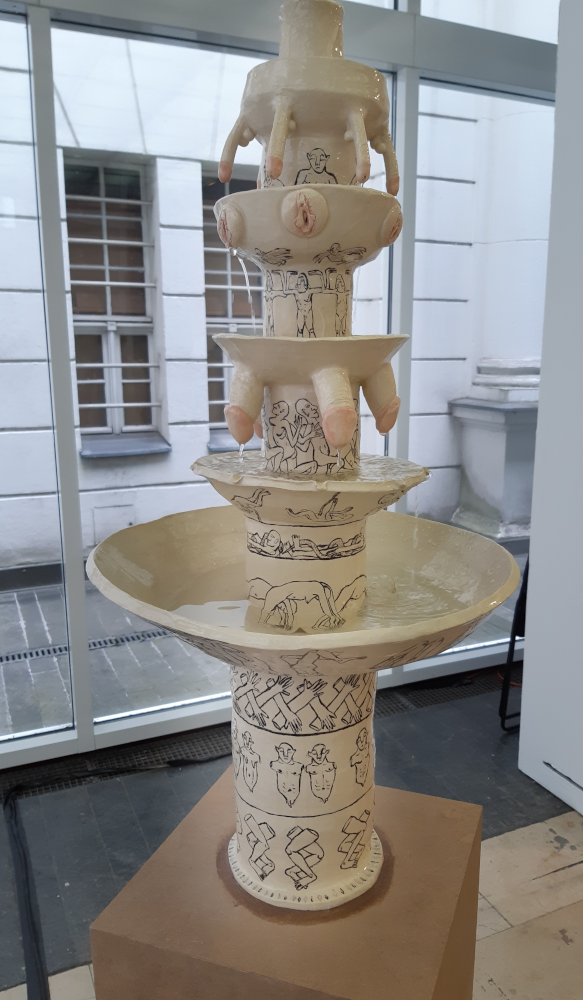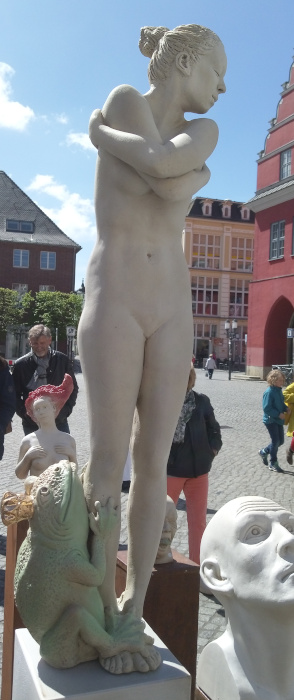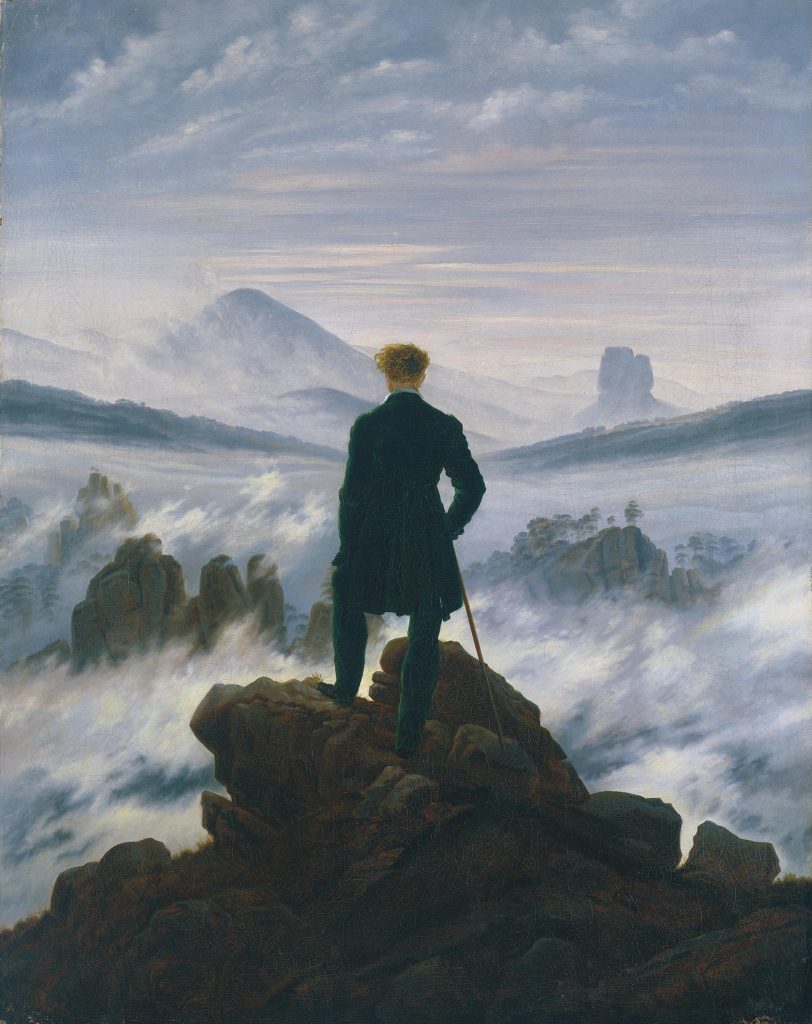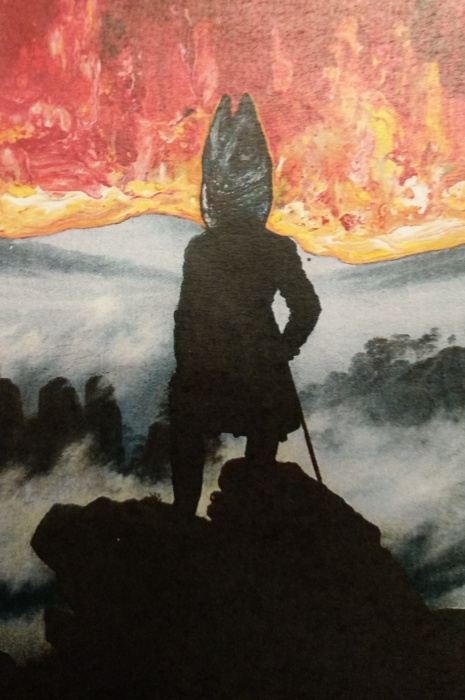When I for the first time thought of “misandrist” as a distinct phenomenon in the art world, I was in a museum looking at a sculpture of a male figure, crudely carved out of what looked like wreckage wood. The man was lying on the floor. This is not exactly praising, I said to my woman companion. She joined my assessment with a slight laughter.
Later I found that “not exactly praise” is rather a widespread tendency regarding male figures. The opposite – praise – is mostly limited to art made before, say 1955 (up to 10-15 years after World War 2 – no coincidence?).
Moreover, misandrist art seems so eager to come on display (or is so welcome) that there is no time for (or no need for) refinement. It is hard to sort out the works in analytical categories, but I shall present some examples and suggest some “tags”.

Tags: spiteful, hierarchy, ugly

Tags: contempt, ridicule, brutal

Tag: selfish

A matter of quantity
When looking at art, you can make your own observations regarding the position of the two sexes. You can note the negative or positive tendency of the images that are depicting men and/or women. For comparison you can calculate the misandrist index, say for an exhibition.
CALCULATION PROCEDURE
| Tendency of artwork | About men % | About women % | Difference |
| Praising | a | d | d – a giving P |
| Critical/reproachful | b | e | b – e giving Q |
| Neutral | c | f | |
| Sum percentages | 100 | 100 | |
| Net misandrist index | P+Q/2 |
The misandrist index will vary between zero, when the two sexes are displayed equally critically/kindly, and one hundred which would mean maximum misandry. (The index would turn out negative if women were to be displayed more negatively than men.) Over time, you can of course also calculate the overall index of your observations, but it is probably a good idea then to distinguish between classical art and newer.
A CALCULATION EXAMPLE
| Tendency of artwork | About men % | About women % | Difference |
| Praising | 10 | 70 | 70-10 = 60 |
| Critical/reproachful | 80 | 10 | 80-10 = 70 |
| Neutral | 10 | 20 | |
| Sum percentages | 100 | 100 | |
| Net misandrist index | 60+70/2 giving 65 |
Artwork of the Fortnight
Sometimes a classical artwork is alluded to by later artists. We can here see how the male figure in Caspar David Friedrich’s famous “Der Wanderer über dem Nebelmeer” changes from a solitary wanderer via an also solitary, gun-carrying wild-west guy ending up as a “fish in flames”.



- See also The Battle of the Sexes
- About this blog
Schreibe einen Kommentar